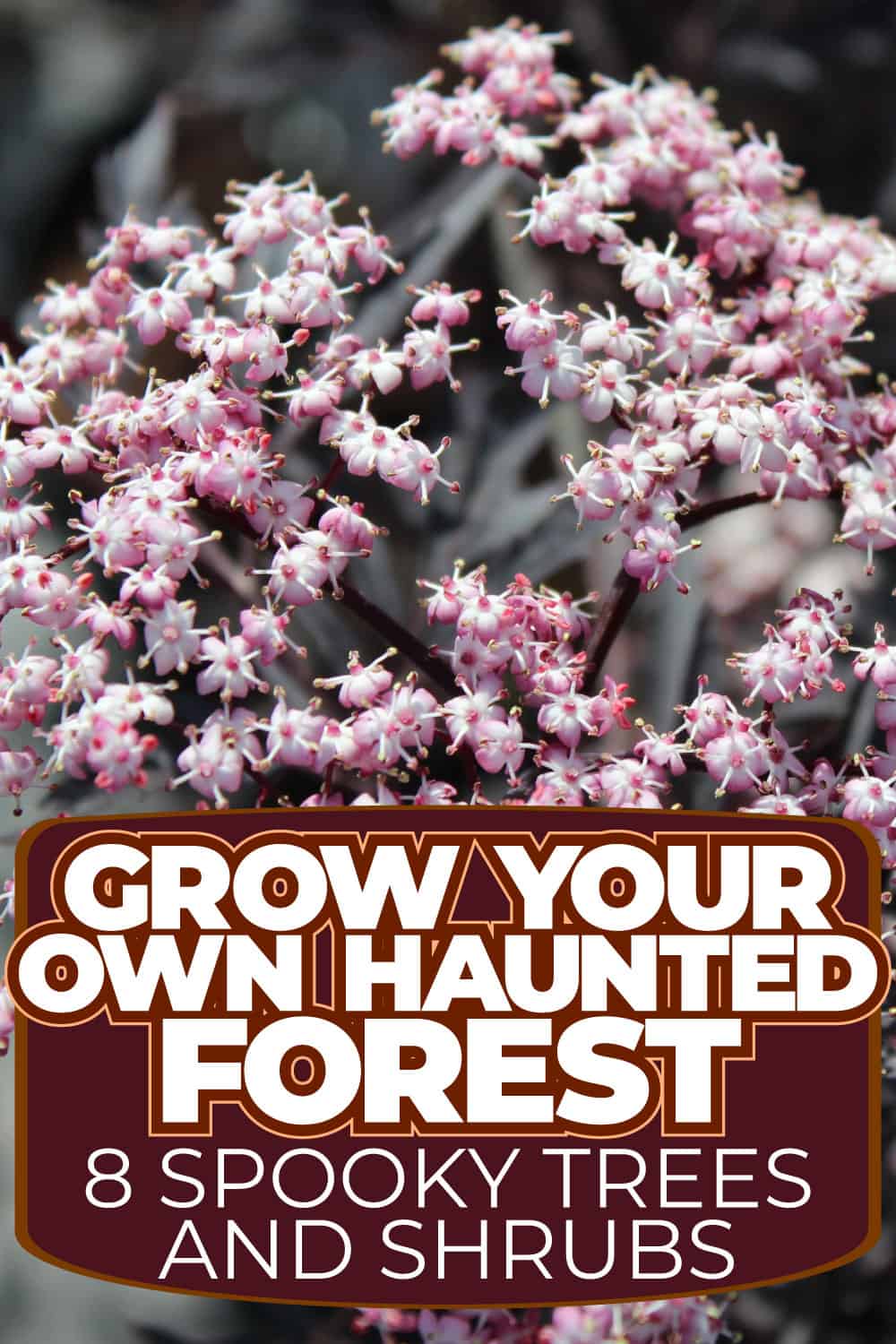Are you ready to give your garden a spine-tingling transformation this Halloween?
Get ready to plant these creepy trees and shrubs that will add a hauntingly beautiful touch to your landscape.
From the Weeping Willow's drooping branches to the Dead Man's Fingers' creepy fruit, these plants will surely give your garden a spooky vibe.
8 Trees and Shrubs for a Haunting Halloween Garden Makeover
Here are eight eerie trees and shrubs to give your garden a spine-tingling Halloween makeover.
1. Weeping Willow (Salix babylonica)
The Weeping Willow is a classic choice for a spooky forest theme. Its long, flowing branches sway in the wind, casting an eerie atmosphere over your garden.
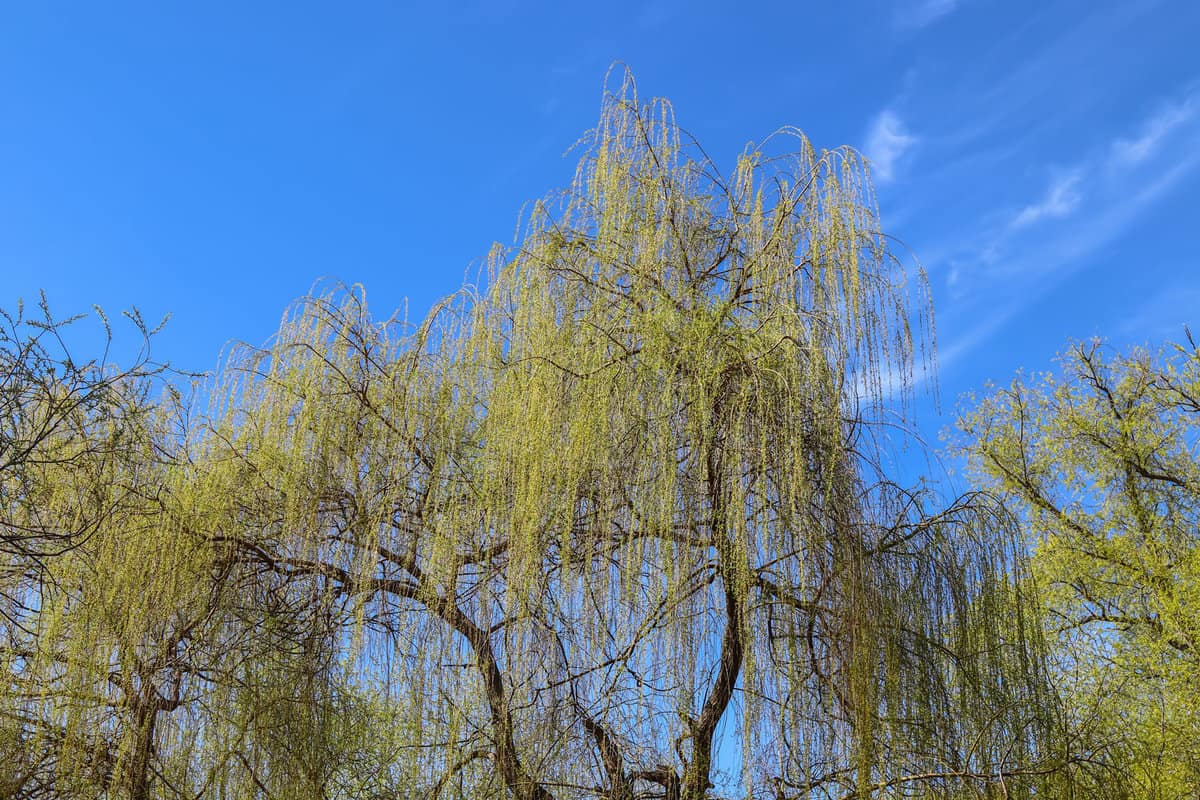
It's known for its fast growth and ability to thrive in wet soil that can reach up to 50 feet in height with a spread of up to 40 feet.
It's also tolerant of a wide variety of well-draining soils and soil pH levels (4.5-8.0), making it a versatile addition to your garden.
2. Twisted Hazel (Corylus avellana 'Contorta')
If you're looking for an eerie and surreal effect, the Twisted Hazel is the perfect choice. Its uniquely contorted branches create a uniquely mysterious look in your garden.
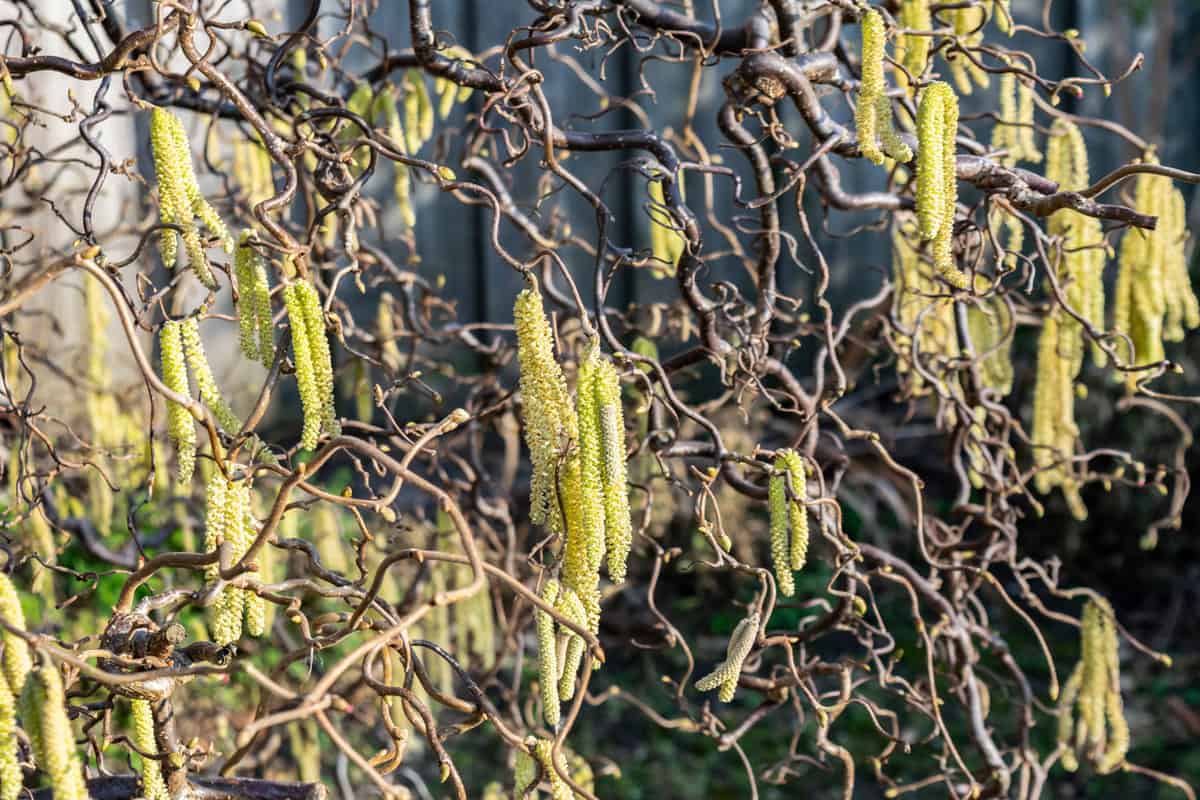
It's also an excellent choice for those seeking an enchanted garden, as the shrub's twisted branches have a fairytale-like quality to them.
When planting the Twisted Hazel, choose a location with well-draining soil and full sun to part shade. It spreads up to 8 to 10 feet, so be sure to give it enough space.
3. Black Lace Elderberry (Sambucus nigra Black Lace)
The Black Lace Elderberry's dark, lacy foliage creates a hauntingly beautiful effect in your garden.
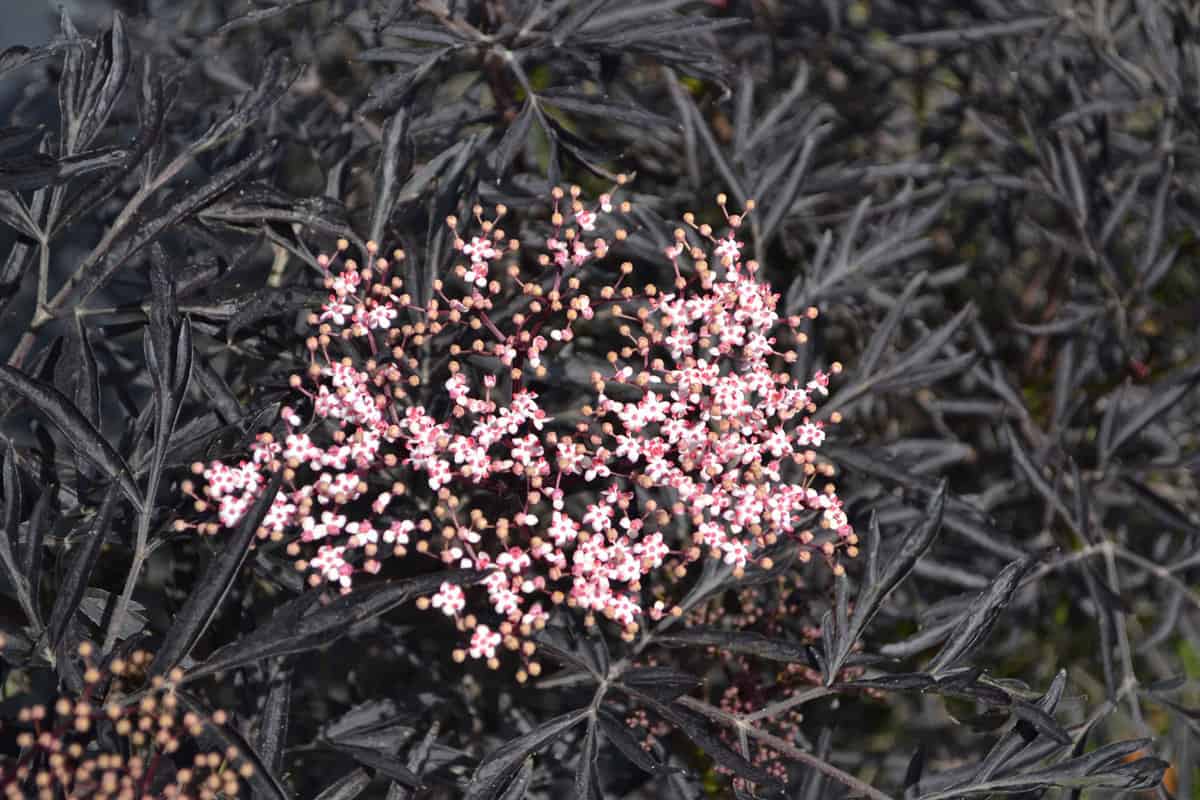
With its intense purple-black leaves, delicately cut like lace, it's sure to enchant your guests with its bewitching spell.
If you're considering growing your own Black Lace Elderberry but don't have enough gardening expertise, you're in luck!
The Black Lace Elderberry is renowned for its adaptability to diverse soil types and growing conditions, making it an excellent choice for gardeners of all skill levels.
If dark aesthetics intrigue you, delve into our article on Gothic Gardens: 10 Black Plants That Defy The Norm.
4. Devil’s Walking Stick (Aralia spinosa)
The Devil’s Walking Stick, native to the eastern United States, is known for its viciously sharp, spiny stems and petioles.
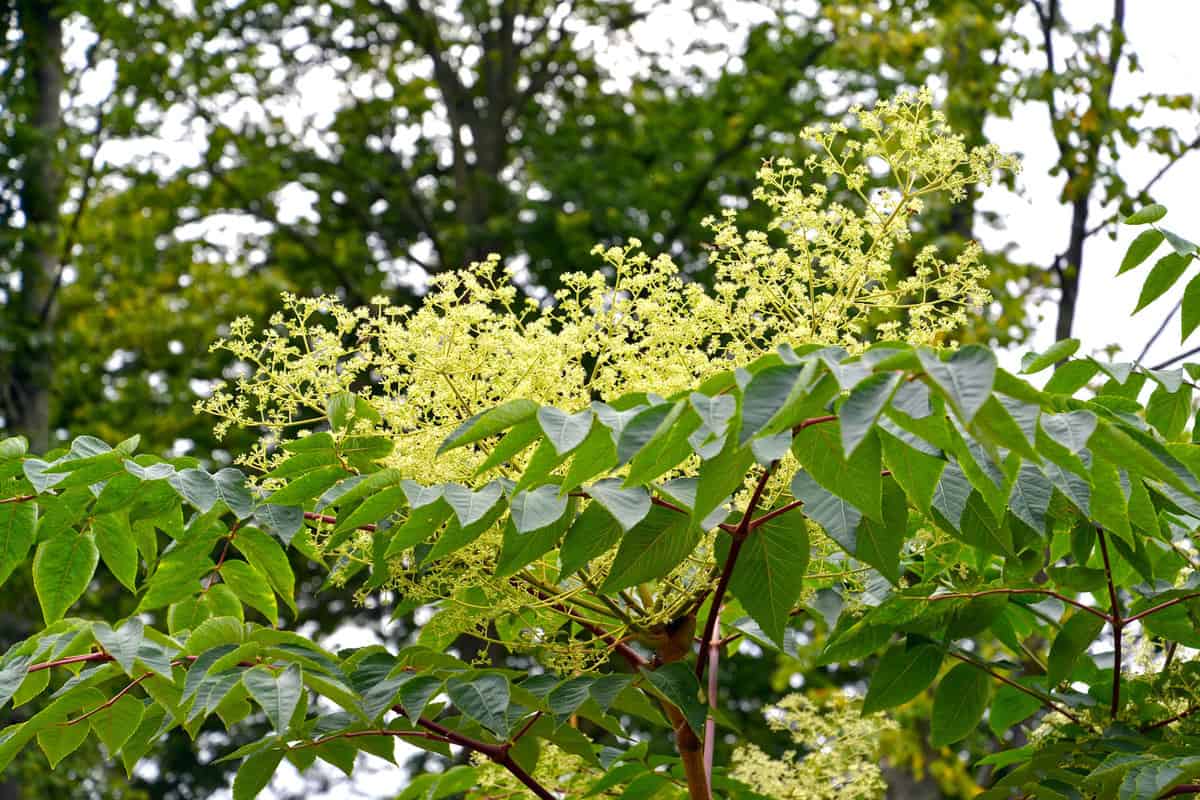
In fact, its common name comes from the fact that it looks like the devil’s own walking stick!
The Devil’s Walking Stick adds a menacing touch to any Halloween-themed landscape with its sharp, spiny branches.
One thing to keep in mind when adding this plant to your garden is that it can be toxic to dogs and cats. If you have pets, be sure to keep them away from it.
And while it doesn’t require pruning, it’s a good idea to remove any root suckers to prevent undesired colonies promptly.
5. Royal Purple Smoke Bush (Cotinus coggygria)
For those seeking a supernatural touch to their gardens, the Royal Purple Smoke Bush stands as an ethereal choice.
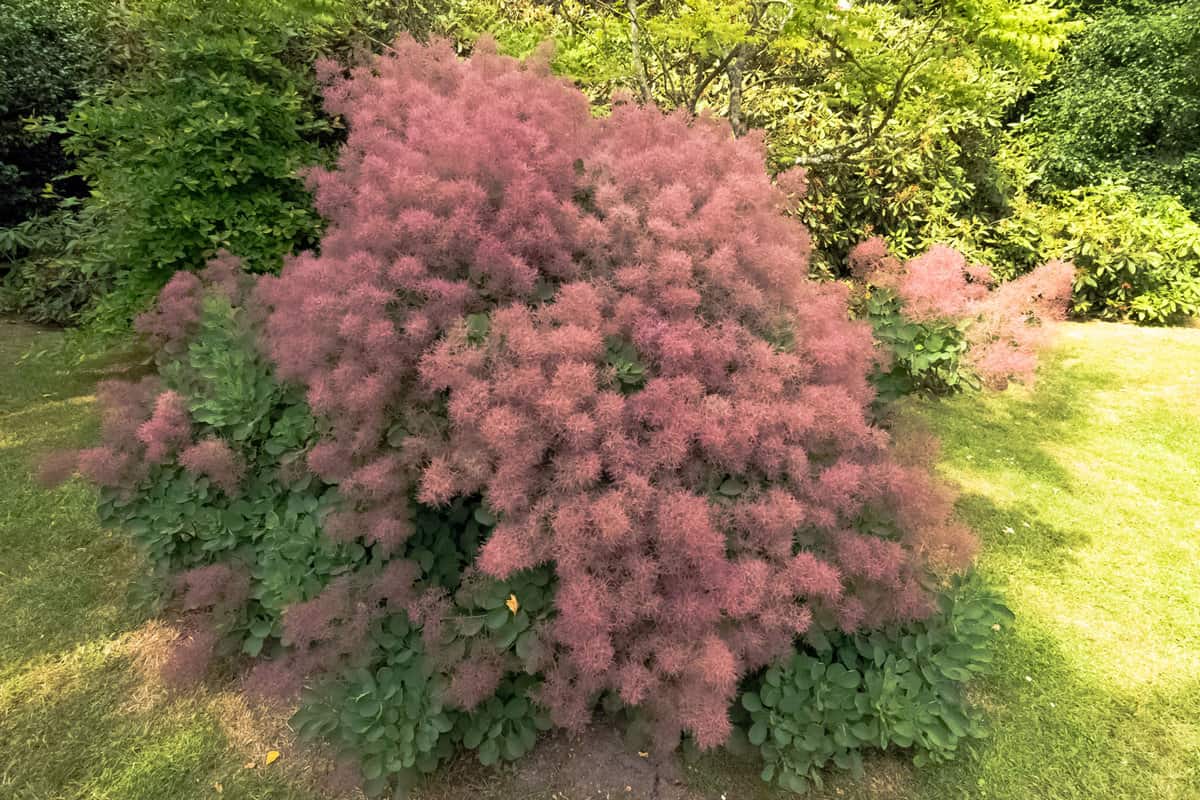
Its almost black foliage, reminiscent of the dark mists that waft through haunted landscapes, makes it the ideal Halloween adornment.
The bush's peculiar texture and hue are sure to enhance your garden's ghostly aesthetic.
Alongside such a spectacle, make sure you're complementing it with some Eerie And Enchanting Halloween Plants.
To grow the Royal Purple Smoke Bush, plant it in well-drained, fertile soil in full sun or partial shade. Mulch annually with well-rotted manure or leaf mold in spring.
Little to no pruning is required, but for those wishing to promote new shoot growth and richer leaf color, cut back hard in late winter or early spring.
6. Dead Man’s Fingers (Decaisnea fargesii)
The Dead Man’s Fingers tree delivers precisely what its name suggests — a morbid charm.
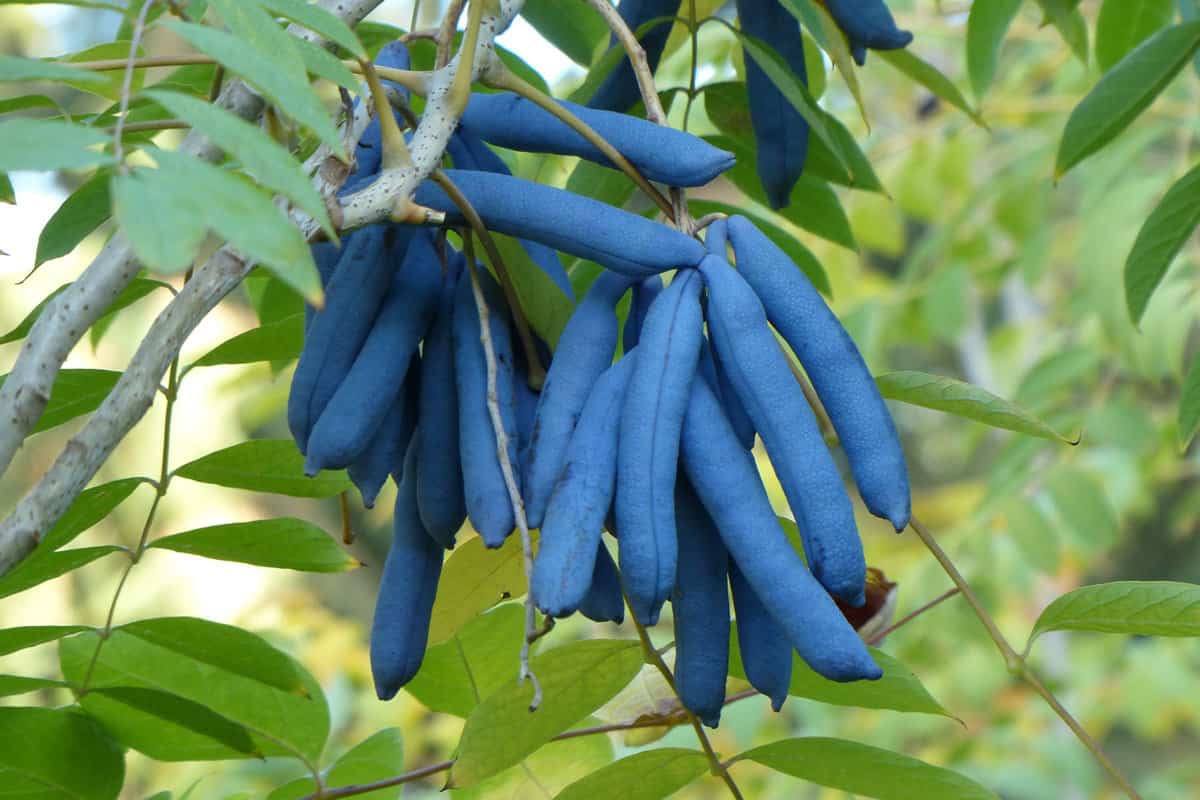
The finger-like fruit and exotic appearance set an uncanny scene, making it a Halloween staple.
Besides its macabre aesthetics, the fruit is edible, presenting a surprisingly sweet taste, almost contradicting its appearance.
The Dead Man’s Fingers prefers a location with partial shade but can also tolerate full sun. When choosing a location for planting, ensure the spot has well-draining soil.
The plant's unique appearance can serve as a focal point in any garden, so consider situating it where it can be easily viewed and appreciated.
7. Bloodtwig Dogwood (Cornus sanguine)
The Bloodtwig Dogwood is characterized by its dark bark contrasted with bright red stems and twigs.
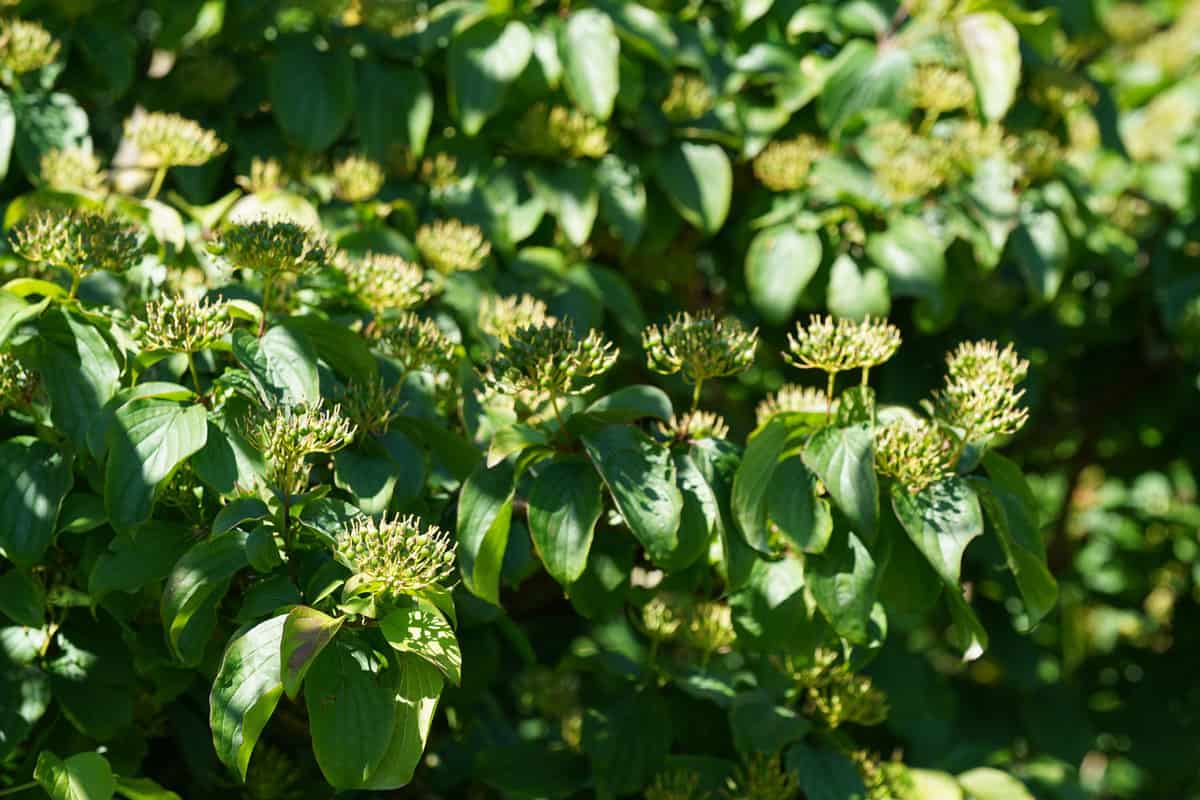
The deciduous shrub's notable features, particularly the dark branches, make it suitable for landscapes desiring a distinctive, thematic appearance.
The Bloodtwig Dogwood is a multi-stemmed shrub that can grow up to 8 to 15 feet tall at maturity.
In the spring, it produces clusters of small white flowers, which are followed by purplish-black drupes in the late summer.
However, the colorful red stems and twigs make this shrub stand out, especially in the winter when the leaves have fallen off.
8. Witch Hazel (Hamamelis)
An embodiment of Halloween in plant form, Witch Hazel, with fiery embers foliage, casts a bewitching spell on any garden.
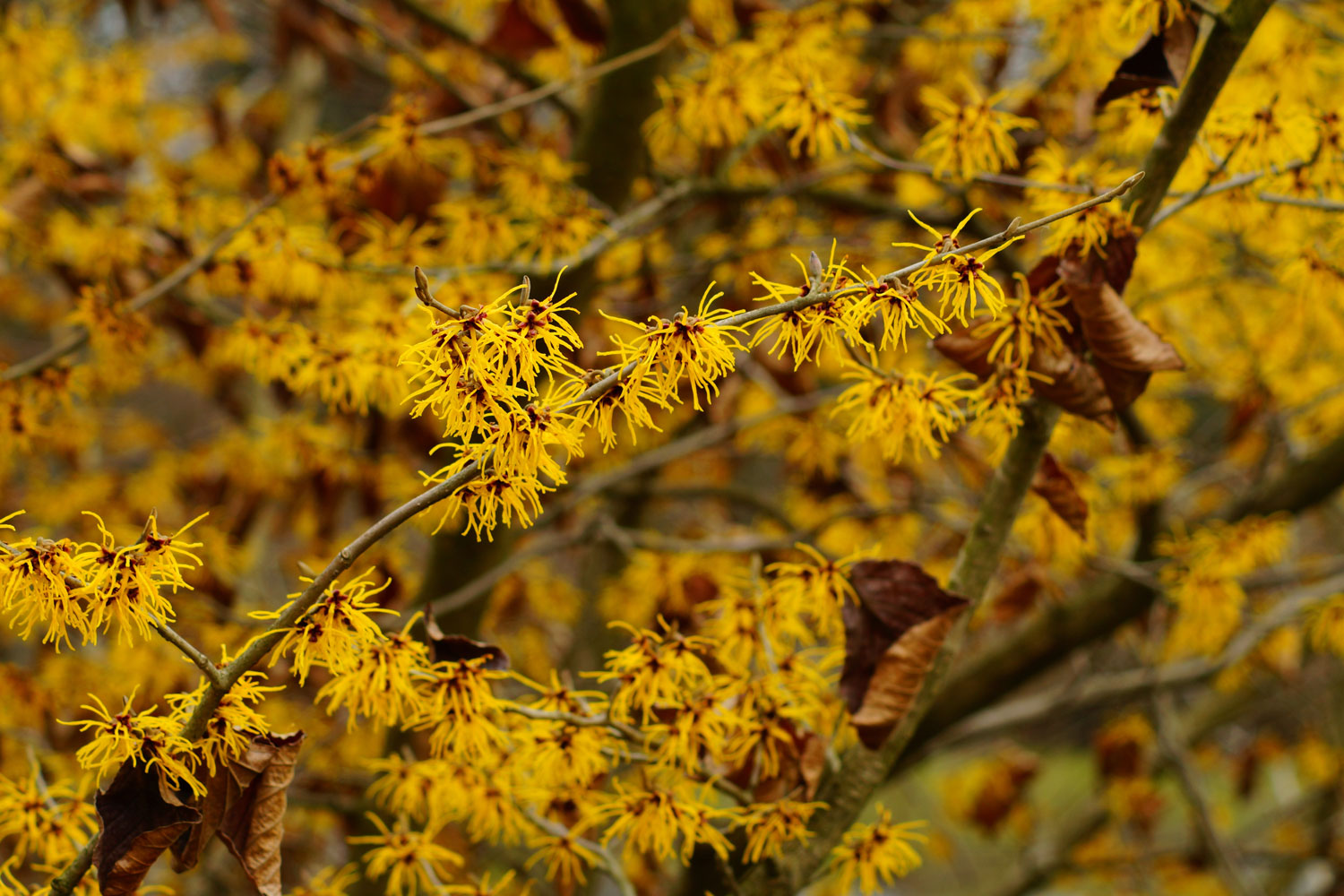
Its fragrance and winter-blooming fiery-colored flowers give it both a mystical and alluring charm.
The Witch Hazel performs best in full sun or filtered shade, especially in warmer climates, and generally requires minimal maintenance.
When growing from seeds, it's important to simulate summer and winter conditions for successful germination.
Additionally, Witch Hazel's bark and leaves are often used to produce an extract that can help alleviate skin irritations and other minor issues.
Choosing The Right Trees And Shrubs
When creating a haunted forest, choosing the right trees and shrubs is essential to creating a spooky atmosphere.
Here are some tips to help you choose the best plants for your haunted forest:
Consider the Size and Shape of the Plant
Trees and shrubs come in various shapes and sizes, so it's essential to choose plants that fit the space you have available.
For example, if you have a small area to work with, you may want to choose smaller trees or shrubs that won't overpower the space.
Think About the Color of the Foliage
Trees and shrubs with dark or unusual foliage can add an eerie touch to your haunted forest.
Look for plants with black, purple, or dark red leaves to create a spooky vibe.
Choose Plants with Interesting Textures
Trees and shrubs with twisted or gnarled branches can add a creepy element to your haunted forest.
Choose plants with interesting textures or unusual growth patterns to add visual interest.
Creating the Haunted Atmosphere
To truly bring your haunted forest to life, you need to create a spooky atmosphere that will send shivers down your guests' spines. Here's how!
- Use dim lighting or flickering lights to create an eerie effect. You can also use colored lights to add a spooky glow to your trees and shrubs.
- Use a fog machine to create a misty atmosphere.
- Add spooky decorations such as tombstones, skeletons, and spider webs to create a creepy atmosphere.
Final Thoughts
You are now well-equipped to grow your haunted forest with spooky trees and shrubs.
Remember to choose plants that are native to your area, and that can thrive in your climate.
Consider reading our guide on 12 Halloween Planters For Inside And Out to add more thematic touches to your home.
Don't forget to incorporate fall-themed decorations like fake pumpkins, acorns, and gourds. The more, the merrier!
Don't be afraid to experiment with different plants and decorations.
With a little bit of imagination, you can create a truly spooky and unforgettable experience for your friends and family.
